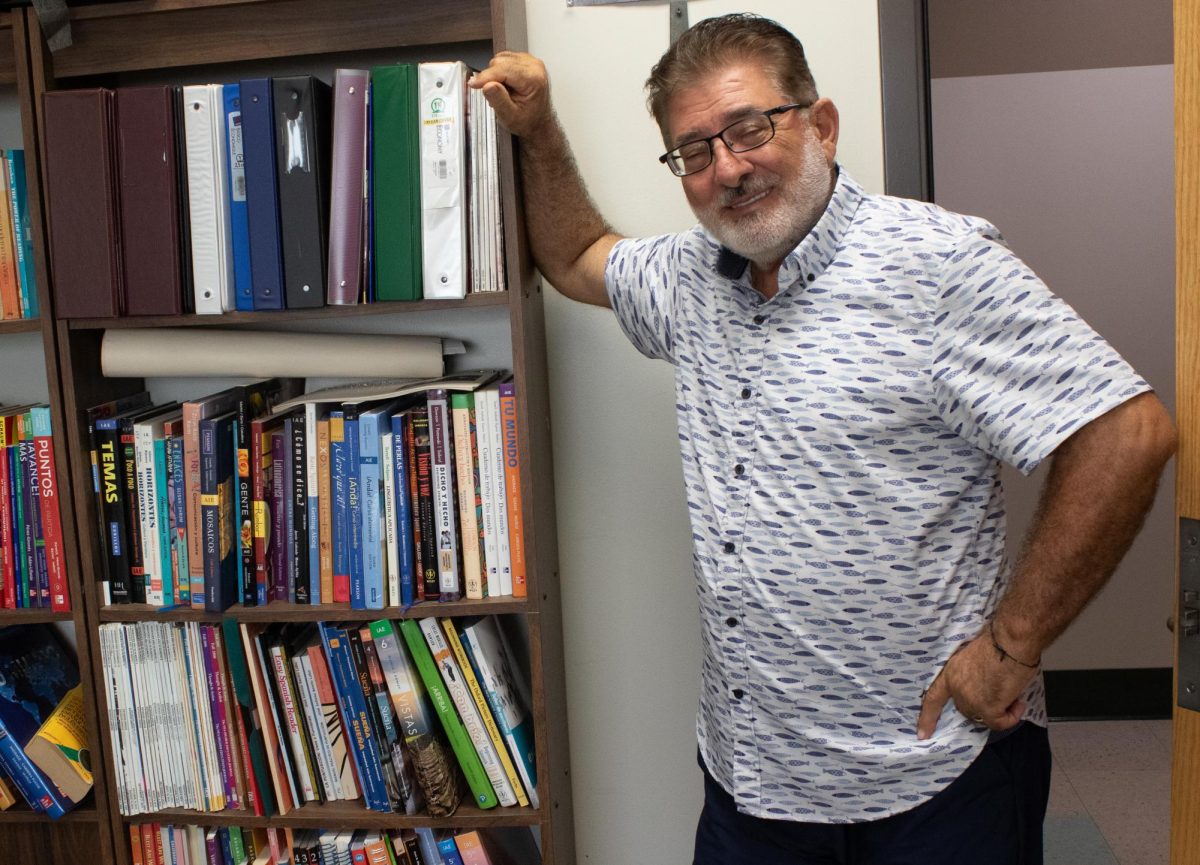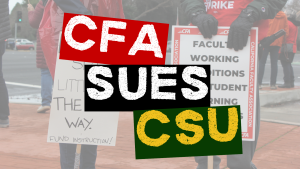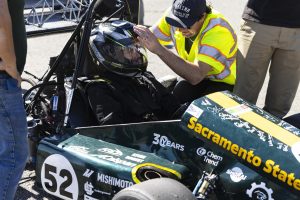Job search difficult, not compared to decade statistics
April 3, 2002
Recent college graduates will have a harder time finding work than they would have in the past two years, but not compared to the rest of the decade.
In 2000 and 2001, the job market was booming, and the United States in general was at an economic high. The end of 2000, and the beginning of 2001 showed California unemployment rates of 4.6 and 4.7, according to the United States Bureau of Labor. Now California has an unemployment rate of 6.1 for February, according to the most recent report for the state.
Compared to the rest of the 1990?s this is right in line with the other years. In 1997, California?s unemployment rate averaged 6.3 percent, while in 1992, it averaged 9.2 percent. Most of the decade saw this index hover around 7 or 8 percent.
The west has historically high unemployment rates. Currently, we have the highest rate in the nation, compared to the lowest of 4.0 in New England.
Nationwide, the rate has remained stable at an acceptable 5.5 percent.
Labor commissioner Lois Orr stated in a March 8 report to the Senate that most job losses within the nation in the last month have been in manufacturing, mining, aircraft production, and electrical equipment each losing tens of thousands of jobs. For the first time since July, the finance sector had a loss, with 11,000 persons out of a job this month.
Students in the field of health, education, engineering and management will have an easier time landing employment. These areas are all gaining, with health services leading at 34,000 more employees in February.
According to the American Nuclear Society, although no new power plants have been built in 20 years, they are in dire need of students with a Bachelor’s degree or a Masters in Nuclear science. The U.S. Bureau of Labor Statistics considers one employed when a person who does “any work at all for pay or profit in the survey reference week or work(s) 15 hours or more without pay in a family business or farm.”
Orr states that there are 7.9 million Americans unemployed, and 4.2 million who have part time work but would prefer full time.






















































































































